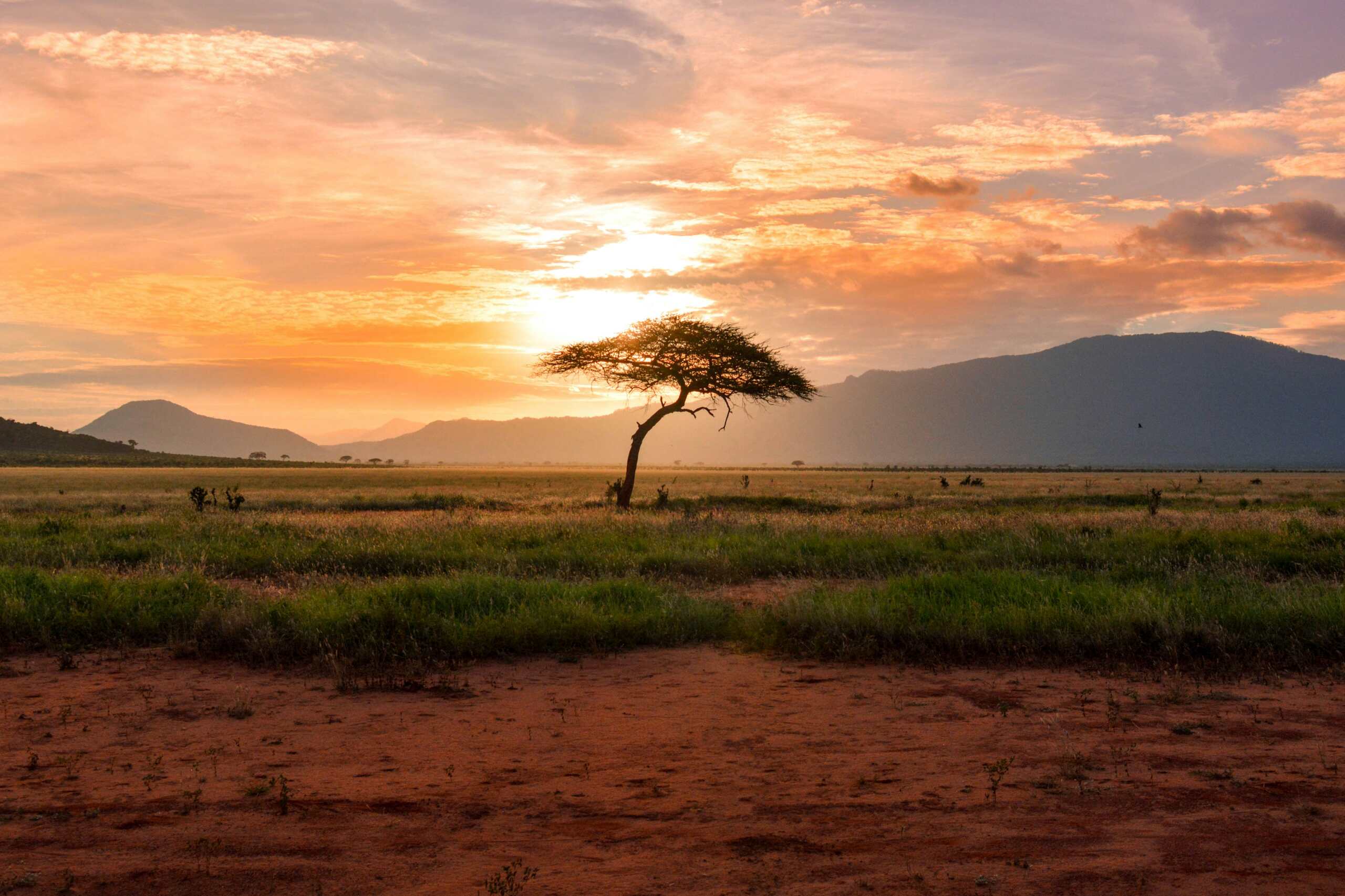Including the Deaf Community
Pacific, Stories | June 25, 2024
From the world’s largest cities to some of its smallest villages, the experience of deafness has united people and provided a source of shared cultural and linguistic identity.
When faced by systemic exclusion from services, decision-making structures or social participation, many deaf communities have created their own mechanisms to make their views and aspirations known, including through the development of unique national sign languages. Equipped with expressive language, deaf leaders have worked to overcome barriers and contribute to the sustainable development of their communities, countries and the world.
The CRPD articulates a number of fundamental rights that underpin the inclusion of deaf people as active participants in community development, and in the implementation of frameworks such as the 2030 Agenda.
These include:
- Accepting and facilitating the use of sign languages, and recognising and promoting the use of sign languages as a matter of free expression and access to information;
- Facilitating the learning of sign language and the promotion of the linguistic identity of the deaf community, and ensuring that the education of deaf people, particularly children, is delivered in the most appropriate language and means of communication for the individual; and
- Recognising and supporting specific cultural and linguistic identity, including sign languages and deaf culture, to foster participation in cultural and social life.
Despite these provisions, the deaf community around the world continues to face obstacles to achieving progress against many common development indicators. Of the 70 million deaf people around the world, 56 million – or 80 per cent – receive no education. This rate is higher for deaf people living in developing countries, or for deaf women and girls. Deaf people are consistently and systemically un- or under-employed, with associated lost productivity posing an annual global cost of nearly $105 billion, 71 per cent of which is borne by low- and middle-income countries. Exclusion from social structures and community life also causes isolation and loneliness for many deaf people, particularly those at already-heightened risk, such as older people.
In some parts of the world – particularly geographically remote areas – these challenges are exacerbated as formal, documented and widely-shared sign languages do not exist. Here, many deaf people live without language, and are unable to realise many of the basic human rights prioritised in the 2030 Agenda and the CRPD. Without a shared means of communication, people are blocked from accessing education, services, livelihoods, justice, or community decision-making. In these places, deaf people are among those left furthest behind.
In the Pacific region, geographical and social barriers have often prevented deaf people from meeting, building communities and developing sign languages. While some shared sign languages exist, often building upon a foundation of American Sign Language, Auslan or New Zealand Sign Language/ Te Reo Rotarota, many deaf Pacific islanders can express themselves only through ‘home signs’ that may be understood by family members.
Their isolation is extreme, and their barriers to ‘a world of universal respect for human rights and human dignity’ may seem insurmountable.
Although data – particularly in the Pacific – is scarce, it was possible to observe the exclusion of deaf people from outcomes recorded at the expiry of the Millennium Development Goals in 2015. Kiribati and Papua New Guinea were the only Pacific countries to report failure to achieve progress against the Millennium Development Goal target of universal primary education; however, only Fiji’s Gospel School for the Deaf has the capacity to educate deaf students in their native sign language. Those unable to attend, due to distance, poverty or the absence of shared sign language, remain excluded from quality education and fall behind in common measures, such as literacy. In Vanuatu, where home sign communication is common, deaf children experienced ‘significantly negative impact’ from their exclusion from school, including ongoing social isolation and severely limited employment prospects.
Life without language is a life limited. For deaf women, men, girls and boys across the Pacific, the formalisation and socialisation of sign language is an urgent need. In order to ensure that the global deaf community shares in the prosperity and promise of the 2030 Agenda for Sustainable Development, focused efforts are required. By celebrating the cultural and linguistic identity of deaf people, supporting sign language development and deaf community-building, and facilitating inclusion through sign language, we can put in place the fundamental precursors for achieving any – let alone all – of the goals outlined in the 2030 Agenda.
https://www.cbm.org.au/stories/including-the-deaf-community
Related Stories

Advent 2025: Jesus’ way leads to fullness
The way of Jesus gives people freedom and empowers them to live out their God-given purpose. The last few weeks...

Advent 2025: Preparing the way produces fruit
John the Baptist called people to prepare for God’s presence through repentance and by producing fruit (acts of justice,...

From sports to advocacy – the journey of the Isiolo Umbrella Disability Group
The Promoting Inclusive Delivery of Eye Care (PRIDE) Project is a...
